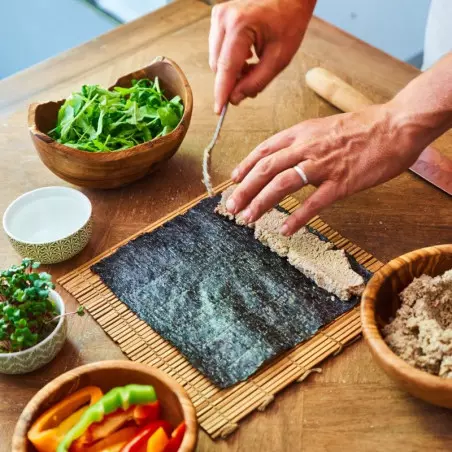Discover the living food that is at the heart of our activity.
Living food involves consuming foods derived from the plant kingdom without subjecting them to cooking at temperatures higher than body temperature. By definition, these foods are in their most natural form. possible, raw, organic, easily assimilated by the human body. They thus allow the organism to have sufficient energy to function properly and effectively eliminate toxins, contributing to good health.
Living food offers gentle transformation methods:
- low-speed juice extraction
- mixing
- low-temperature dehydration
- vacuum marinades
- freeze-drying (cold dehydration)
As well as methods that allow the emergence of new nutrients:
- lactofermentation
- germination
Living food, or "eating living," gets its name from the fact that the foods remain alive on your plate. Sprouted seeds and young shoots continue to grow, fresh vegetables and fruits are raw, filled with colors and vitality, and lacto-fermented preparations continue to evolve...
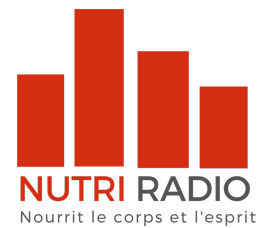 | What is living food ? |
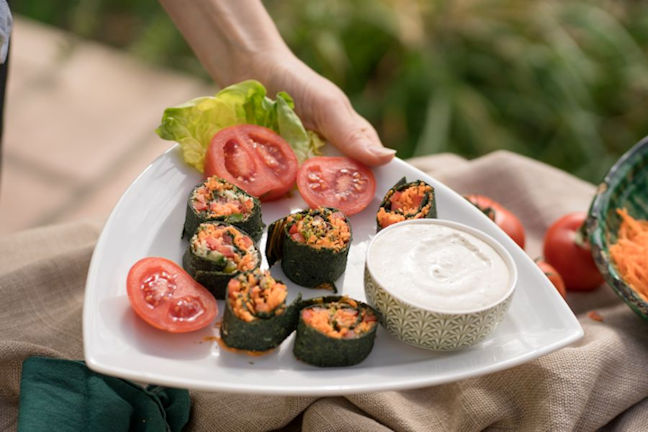
Eating raw, what are the benefits ?
Raw food allows the body to function optimally. The digestion of food is facilitated because the nutrients are available in a highly assimilable form and are accompanied by few waste products to eliminate.
The so-called living diet will also optimize self-healing, regeneration, and cellular repair. The body cannot digest and cleanse simultaneously; it is one or the other. In this diet, digestion is lightened as much as possible, and part of the digestive work is even done outside the body. Therefore, the body can devote more energy to other tasks besides digestion, such as maintaining immune defenses and detoxification.
Eating mostly raw foods is like discovering a new continent, with vibrant colors, forgotten foods, and age-old unconscious habits to abandon in favor of new ones. This can all be done daily with pleasure, without deprivation. The detox process then becomes gradual and gentle, eliminating the need to oscillate between overly rich or unsuitable diets and regular "cleansing" regimens.
What are the origins of raw foodism ?
A long time ago, men and women were nomads in the tropics, moving with the seasons and harvests in search of their food; it was the era of hunter-gatherers. The domestication of fire, the shift to a sedentary lifestyle, and the practice of agriculture allowed various civilizations to conquer territories located in increasingly colder latitudes, relying on increasingly sophisticated dwellings. Foods that were initially survival foods, festive foods, or transitional foods between seasons became daily and regular, to the detriment of foods available directly without processing, which were relegated to a secondary category or used as culinary decoration.
Watch our episode on raw food:
 | What are the origins of raw foodism ? |
Since the end of World War II, the way of life and food production have radically changed in terms of quality, with the massive spread of chemical use, leading to a diet based on highly processed industrial products. New health problems have emerged. More and more people are losing their health and then struggling to regain it. This may be why living food has become a mode of consumption experiencing unprecedented growth in recent years in France.
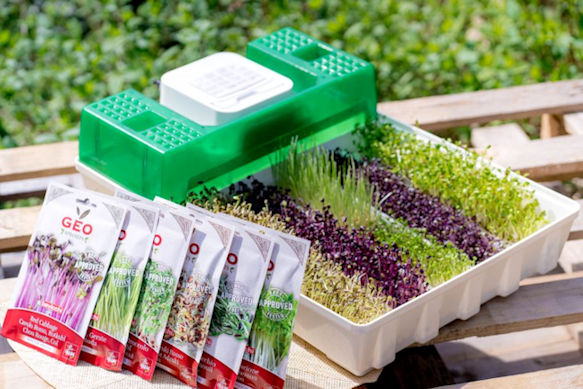
What are living foods ?
Living foods are healthy foods whose enzymatic activity potential is preserved. Indeed, in fresh and raw products, the enzymatic capital and nutritional reserves such as vitamins have not been destroyed by pasteurization, high cooking temperatures, or industrial processing methods. In other words, these are raw foods that have retained a maximum amount of high-quality nutrients.
fresh fruits
raw vegetables
seaweed
mushrooms
nut
seeds
And it is also a gently processed food without the use of heat higher than body temperature:
- dehydrated vegetable wraps at 43°C
salads
- lacto-fermented vegetables
vegetable juice
raw cakes
crackers
"The early 20th-century work of Dr. Edward Howell, summarized in his book" Enzyme Nutrition, show that foods contain the enzymes necessary for their own digestion when consumed raw and facilitate the assimilation of nutrients by the body. These enzymes, which are fragile and denatured by heat, will allow the transformation of the "macrobricks," or macronutrients, of these same foods:
lipids
proteins
sugars or complex carbohydrates
"microbricks," or micronutrients, which are easier to digest and assimilate:
fatty acids
amino acids
simple sugars
These enzymes, which are provided by raw food, must be produced by the body when the food is cooked (law of adaptive secretion of digestive enzymes). This production then requires a significant expenditure of energy supplied by the body, to the detriment of other functions such as immune defense or waste elimination.
In this dietary approach, the enzymes in the food greatly ease the digestive process, thereby leaving the body with more energy for self-repair and cleansing. This diet preserves and optimizes our gut flora, contributes to better health, helps regain good physical shape, and even boosts energy levels.
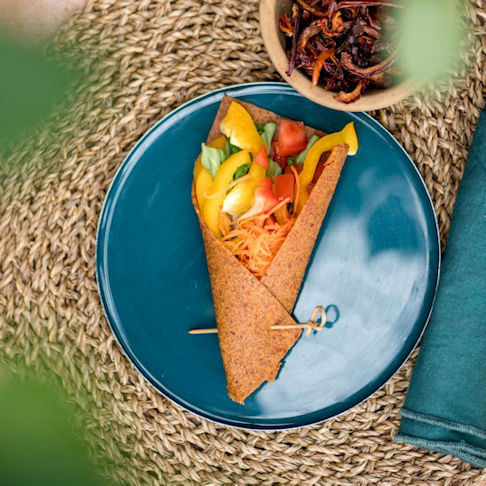
What nutrients are preserved by a raw food diet ?
Most water-soluble vitamins (groups B and C) are altered or destroyed by cooking, even "gentle" cooking, of food. Modern intensive agricultural production methods on soils that are poorer than they were a few decades ago tend to decrease the levels of vitamins, as well as minerals and trace elements, present in food.
It is therefore important to be able to consume organic foods in their original form and/or to only slightly process them using non-destructive methods such as sprouting, soaking, lacto-fermentation, low-speed juice extraction, and cold blending. The inclusion of sprouted seeds, algae, or microalgae is no longer a luxury or a whim, but a necessity to counteract the depletion of soils, even in organic farming, and consequently the depletion of foods.
Why does a raw food diet offer advantages ?
1. A closer relationship with what we put into our bodies The colors, flavors, and textures are part of a much broader palette than in conventional food; all the senses are nourished and satisfied with living food.
2. Speed and simplicity of digestion : thanks to the active enzymes present in the food.
3. Food autonomy: A good number of raw organic products can be easily stored for several months. It is possible to vacuum seal them with a quick and simple system for daily use, such as the Bocup.
gluten-free seeds: sunflower, flax, buckwheat
- low-temperature dried seaweed
nut
- dehydrated nori sheets
sprouting seeds
The rest of the fruits and vegetables can be easily purchased as needed.
4. Speed of recipes The example characteristics could be the raw hot soup that can be made in less than 5 minutes, whereas it takes at least 25 minutes for a cooked soup.
5. The creativity of the recipes : since there is no cooking involved, it is easy to replace or substitute a food item or an ingredient.
6. You no longer burn yourself and the dishes do not get cold. : some preparations can also be eaten hot, such as raw pizzas and hot soups, in order to maintain that comforting aspect, especially in winter.
Does a raw food diet present a danger ?
As we have seen, consuming living food contributes to our health capital and provides foods rich in nutritional quality: sprouted seeds, fresh fruits, vegetables, algae... in their raw or enhanced form ensures an optimal intake of essential nutrients, whether at the level of macronutrients (carbohydrates, proteins, fats), micronutrients (fatty acids, amino acids, simple sugars), vitamins, minerals, phytonutrients (trace elements, electrolytes), enzymes, dietary fibers, and other benefits not yet identified. The idea is to flood the body with bioavailable nutrients while creating delicious dishes. Living food does not present any danger; however, caution should be exercised for individuals prone to eating disorders or orthorexia: it is not about becoming a "purer" person but rather about taking care of one's body for optimal long-term health.
Our program on the limits of raw food:
 | What are the limitations of a raw food diet ? |



